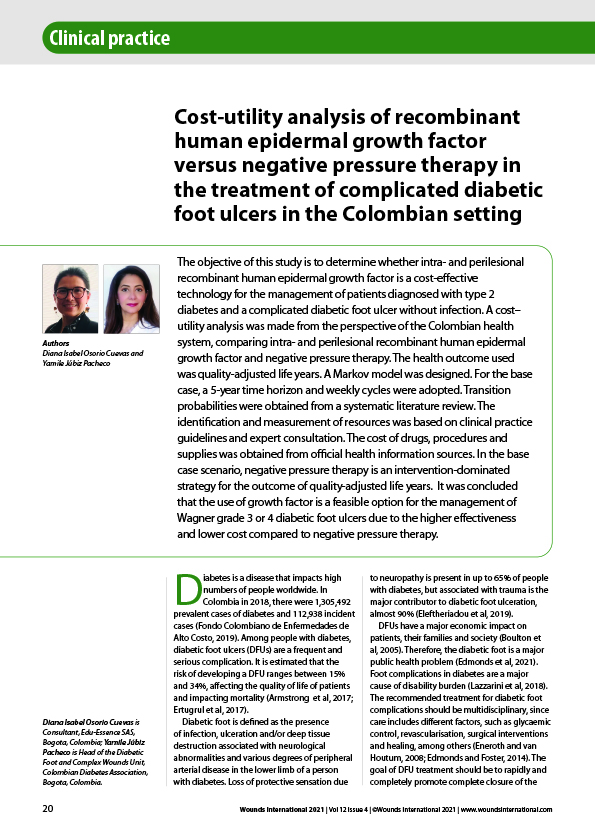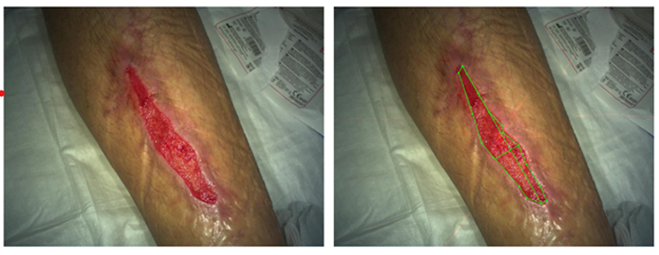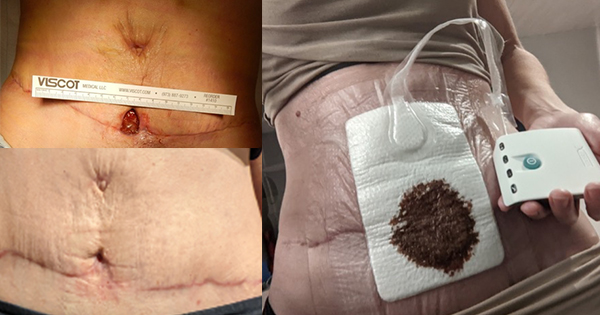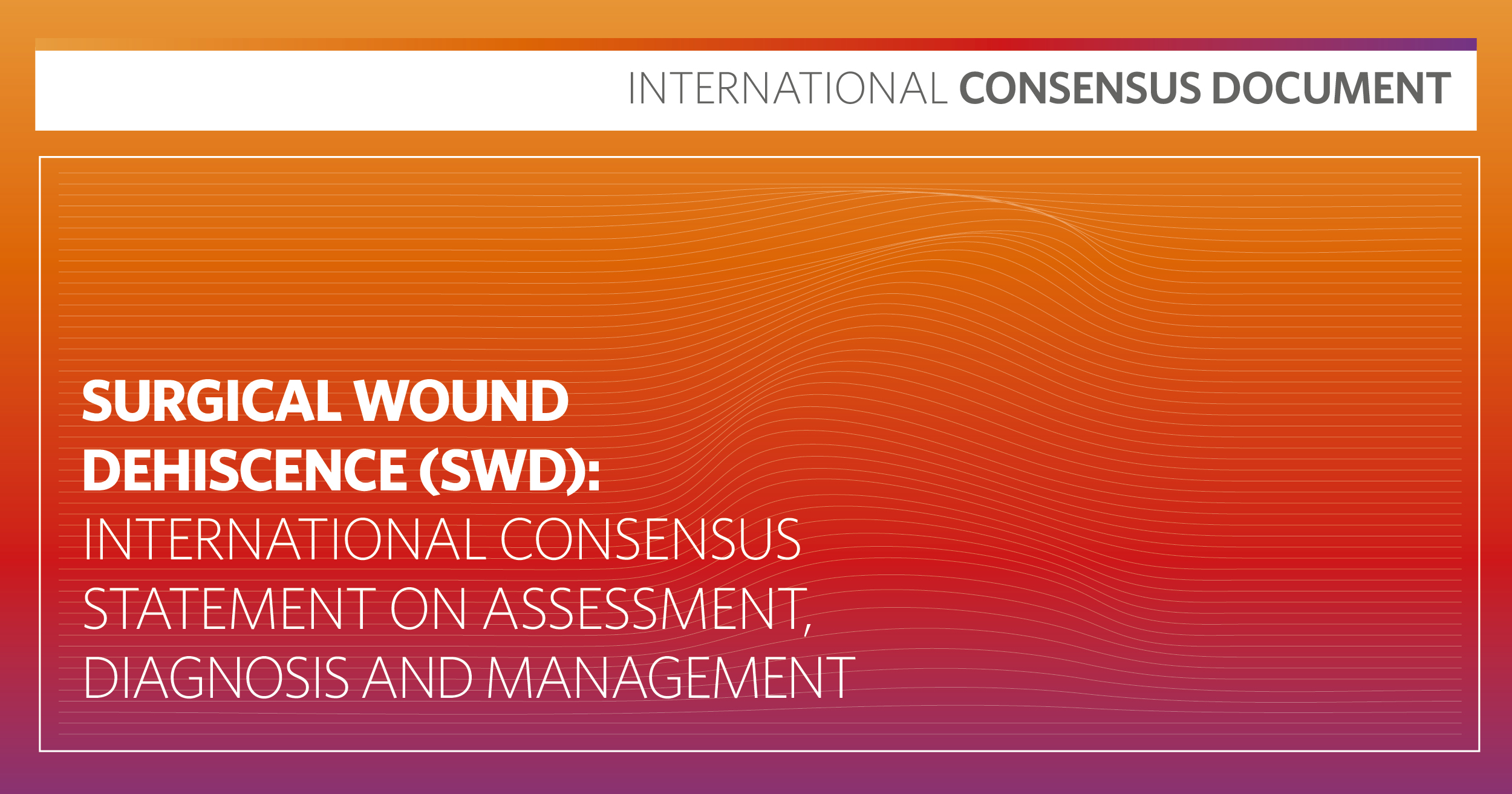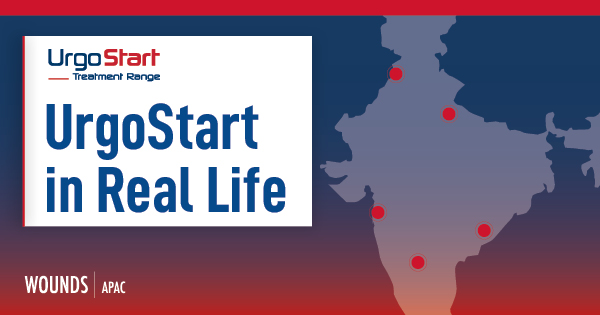The objective of this study is to determine whether intra- and perilesional recombinant human epidermal growth factor is a cost-effective technology for the management of patients diagnosed with type 2 diabetes and a complicated diabetic foot ulcer without infection. A cost– utility analysis was made from the perspective of the Colombian health system, comparing intra- and perilesional recombinant human epidermal growth factor and negative pressure therapy. The health outcome used was quality-adjusted life years. A Markov model was designed. For the base case, a 5-year time horizon and weekly cycles were adopted. Transition probabilities were obtained from a systematic literature review. The identification and measurement of resources was based on clinical practice guidelines and expert consultation. The cost of drugs, procedures and supplies was obtained from official health information sources. In the base case scenario, negative pressure therapy is an intervention-dominated strategy for the outcome of quality-adjusted life years. It was concluded that the use of growth factor is a feasible option for the management of Wagner grade 3 or 4 diabetic foot ulcers due to the higher effectiveness and lower cost compared to negative pressure therapy.

